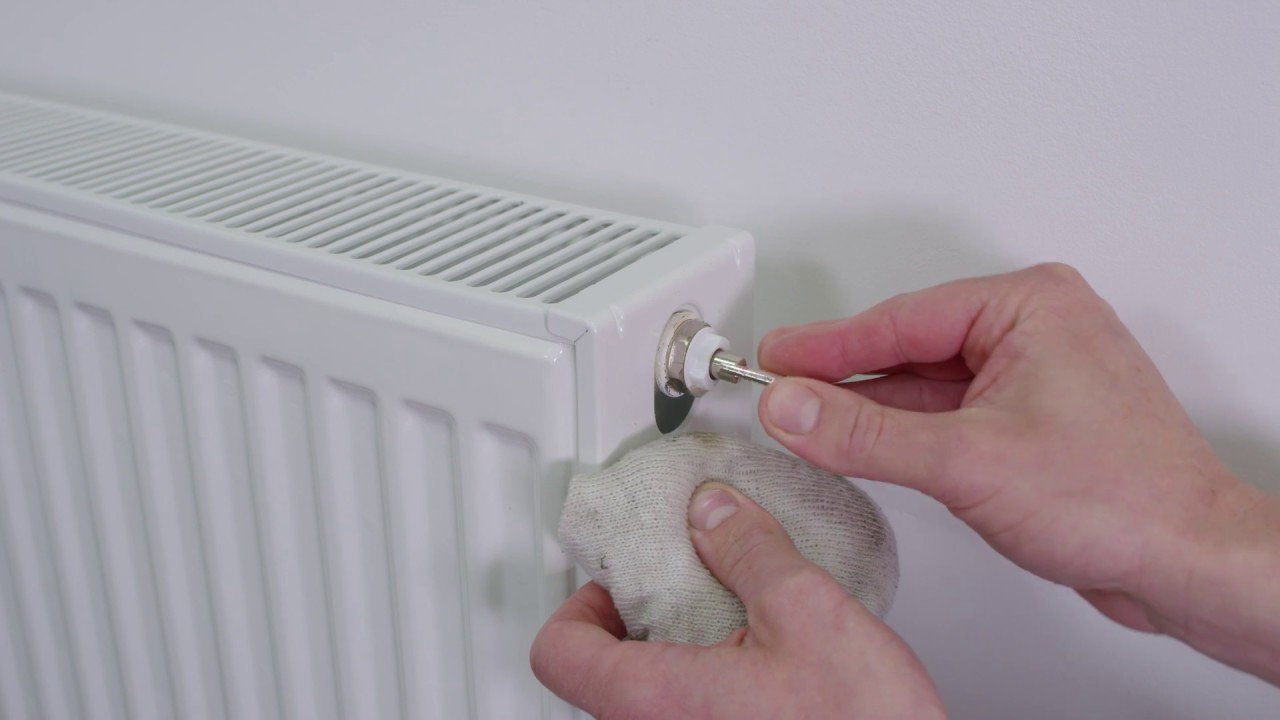Why Would a Radiator be Hot at the Top and Cold at the Bottom
2020.06.20
Radiators that have been used for several years are bound to have problems that can decrease their efficiency.
One of the issues that owners will face is when radiators get hot at the top while the bottom part stays cold.
But what causes this? Well, keep reading as we’re going to show you the main reason for this and how to fix it.

What is a Central Heating Sludge?
A central heating sludge is made out of limescale, which is minerals found in water, and dirty heating water. Generally, this starts to pile up inside the system after and is the main reason why the radiator acts up like this.
This build-up of heating sludge eventually happens to every radiator, but it can take years of use to cause any problems when a filter is attached.
How Heating Sludge Affects the Radiator
As the central heating sludge starts to build up and circulate the heating system, it will eventually settle down in specific areas.
These areas include the radiator valves, microbore pipework, and also the bottom part of the radiator. It will also cause a blockage which cripples the circulation of heat in the system.
Only the top part gets hot as heat rises because there is no hot water getting into the bottom part of the radiator.
How to Fix the Radiator
Central Heating Inhibitor
A central heating inhibitor is a chemical concentrate that owners should regularly add to their radiators by.
It provides a protective coating inside the heating system to prevent corrosion and build-up of heating sludge. The inhibitor also breaks off the rust and limescale inside the radiator. To add this, remover any radiator cover used to cover your radiator and add the inhibitor.
Manually Flushing the System
Manually flushing out the system helps you get rid of the majority of the central heating sludge contained on the radiator. You can do this by applying a hot flush through a hose which pushes most of the sludge out of the system.
Using a Scale Reducer
Using a scale reducer helps you catch all the limescale which causes the build-up of central heating sludge. This prevents blockage from ever happening again, and it can also catch other contaminants such as dust and dirt.
What if a radiator is cold at the top and hot at the bottom?
If a radiator is cold at the top and hot at the bottom, then it means there’s trapped air inside the system.
The trapped air can stop the circulation of water through the pipes, which makes it impossible for the bottom area to heat up. This can be fixed by “bleeding” the radiator. To do this, release all the trapped air through a valve located at the top part of the radiator.
Conclusion
With proper annual radiator maintenance and repairs, your radiator can function adequately and heat the surrounding area efficiently. This can also prevent any possible damages that may occur in other parts of your engine.
More Articles
Copyright © Fooyoh.com All rights reserved.